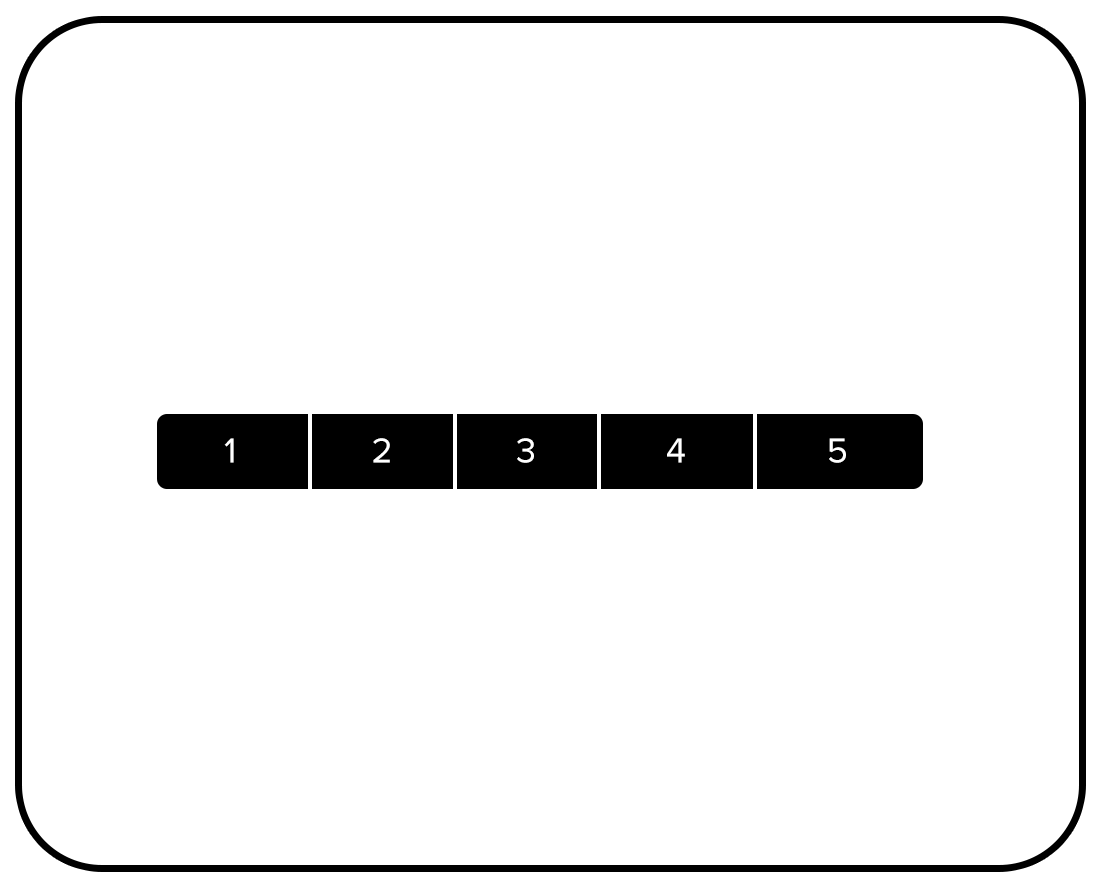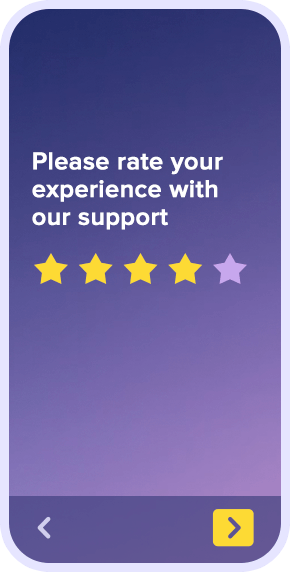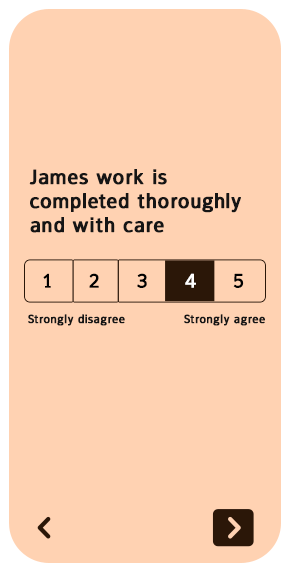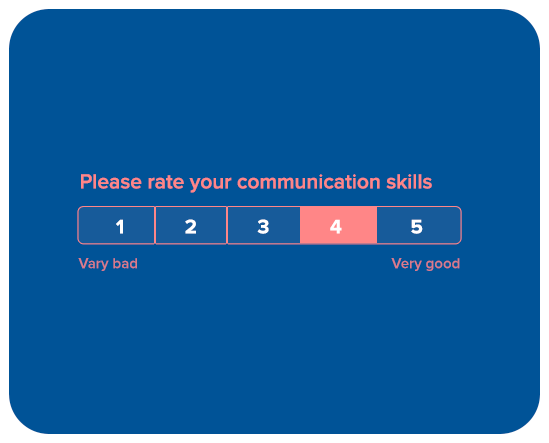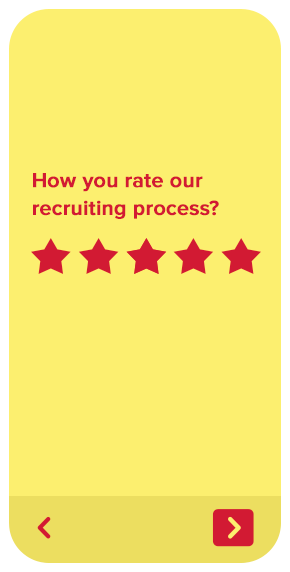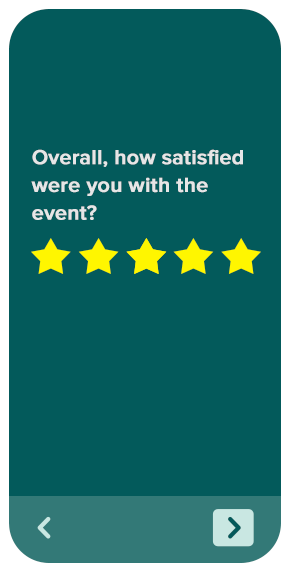What to do with Likert Scale results?
After gathering and examining the data from your Likert scale survey, the next crucial step is to extract valuable insights and put them to practical use.
- Identify trends and patterns within the responses, and visualize the data using charts or graphs to enhance comprehension.
- Look for areas of agreement or divergence among participants to gain a deeper understanding of their attitudes and opinions.
- Employ additional statistical analyses, such as calculating means or conducting correlations, to gain further insights.
- Utilize the results to make informed decisions, improve products or services, identify research areas, or communicate important findings to stakeholders.
- Taking appropriate action based on Likert scale results can drive positive change and contribute to the success of your endeavors, whether in research or business settings.
Likert scale surveys offer a user-friendly and efficient approach to gather valuable data while providing meaningful insights into people's attitudes and sentiments. The simplicity of creating these surveys and the ease with which participants can complete them contribute to their widespread popularity. With Likert scale questions, you can capture the nuances and complexities of people's thoughts and emotions, enabling you to understand them better.
Are you eager to delve into the minds of your audience and gain valuable knowledge? Look no further! We're here to assist you in crafting a customized Likert scale online survey that will yield an abundance of useful data. Start discovering deeper insights today by creating your survey with our intuitive platform!
Create a Survey